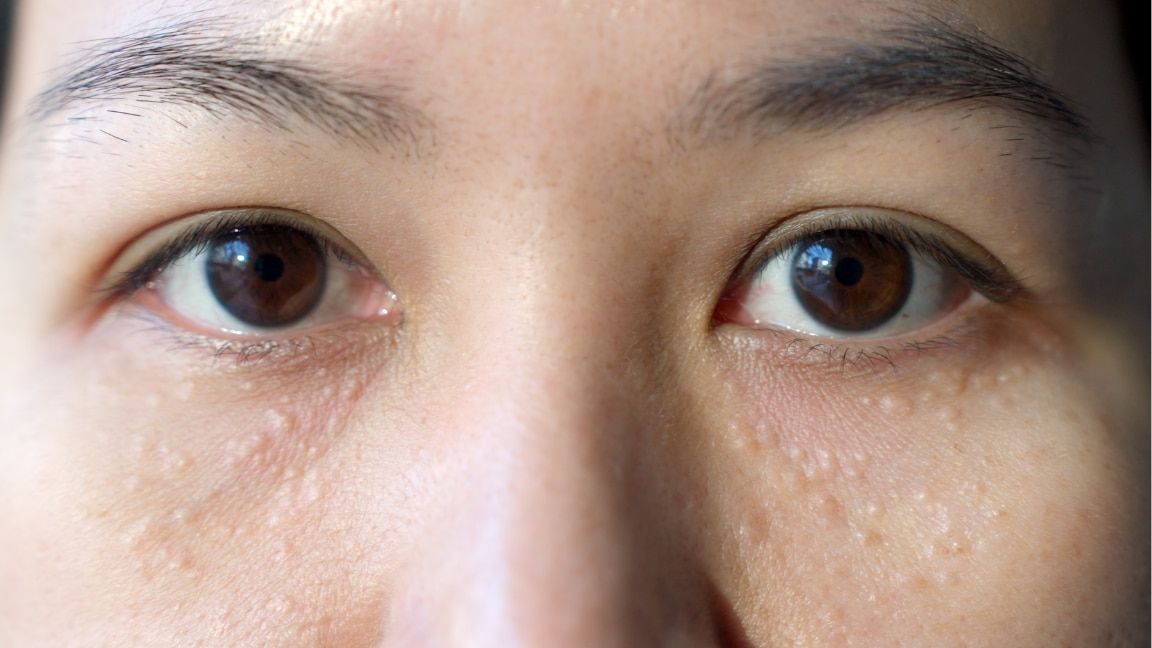- 01 What Is Milia?
- 02 How to Identify Milia on the Face
- 03 What Causes Milia on Face?
- 04 Types of Milia & Special Cases
- 05 Professional Treatments for Milia on Face
- 06 Safe At-Home & Natural Methods
- 07 What to Avoid while treating Milia at Home
- 08 When to See a Dermatologist
- 09 Prevention: How to Stop Milia from Returning
- 10 Final Thoughts
- 11 FAQs
Milia are those tiny, pearly-white bumps that sometimes appear on your skin, particularly around the eyes and cheeks. While harmless, they can be a source of frustration. This article, guided by dermatologist-approved advice, will delve into what is milia, exploring the common causes, effective professional milia on face treatment options, and safe home remedies for milia — giving you the knowledge you need on how to get rid of milia on face.
01What Is Milia?
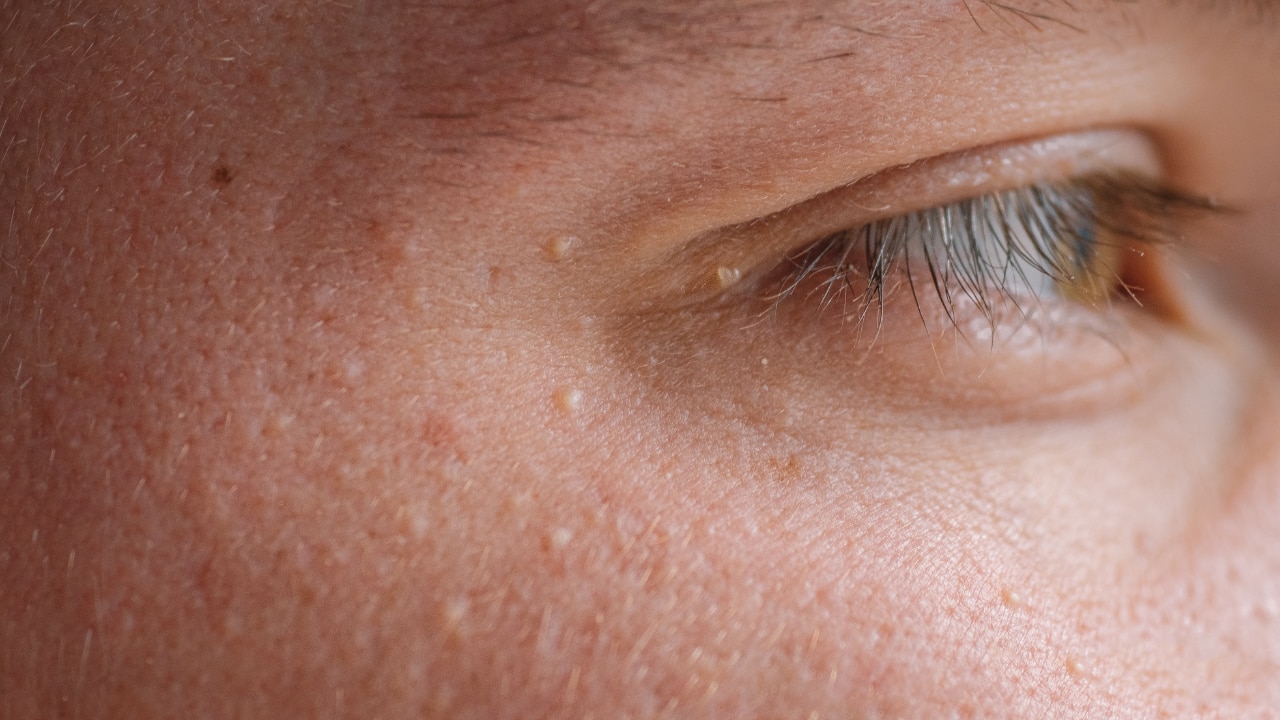
Milia are small, dome-shaped cysts, typically measuring 1 to 2 millimetres in diameter. They form when keratin (a protein found in skin, hair, and nails) becomes trapped just beneath the surface of the skin. They are often mistaken for acne or whiteheads but are distinctly different. Unlike acne, which is caused by blocked pores and typically involves inflammation, milia are firm to the touch, non-inflammatory, and do not contain pus. They are essentially tiny, superficial cysts containing trapped keratin.
02How to Identify Milia on the Face
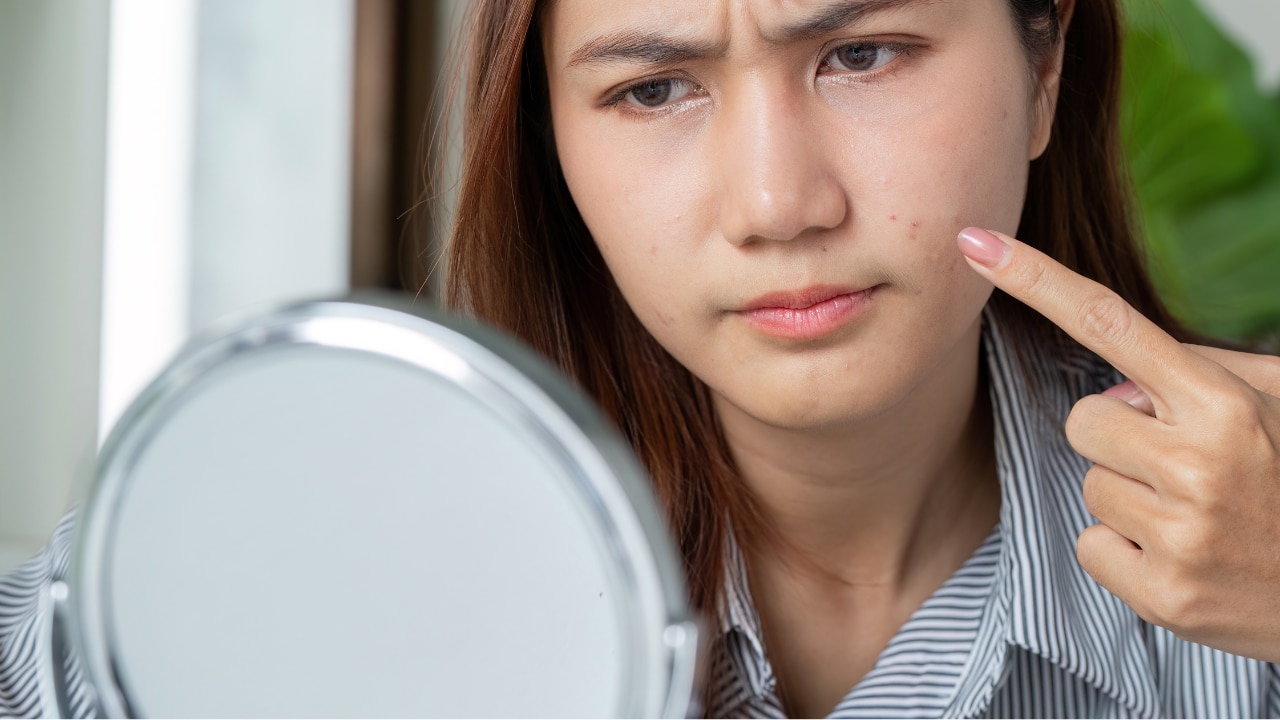
Milia present as small, white or yellowish, dome-shaped bumps. They feel hard and granular and usually appear in clusters. They are most commonly found on delicate areas of the face, including under the eyes, on the eyelids, across the cheeks, and on the nose bridge. Because they sit just beneath the skin's surface, they often give the skin a slightly rough, sandpaper-like texture.
03What Causes Milia on Face?
Understanding what causes milia is the first step in effective management and prevention.
- Poor Exfoliation:
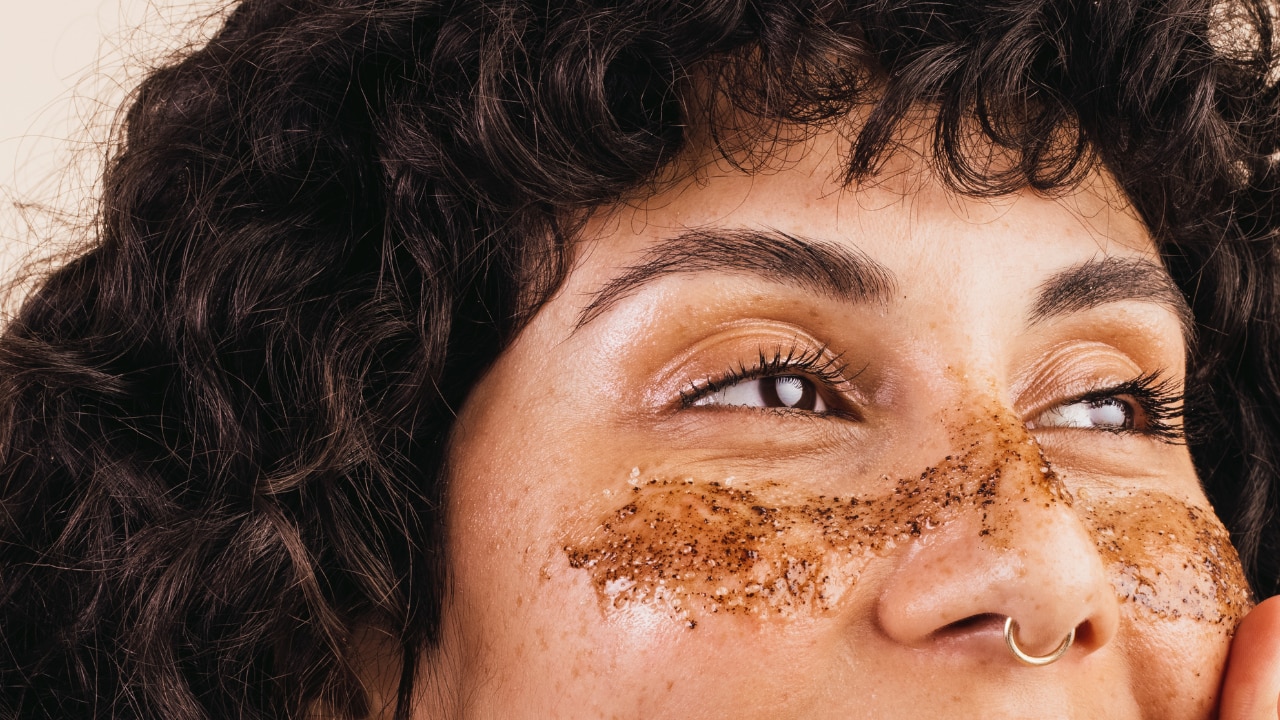
A build-up of dead skin cells that aren't regularly shed can trap keratin underneath the skin, leading to milia formation.
- Heavy, Occlusive Skincare Products:
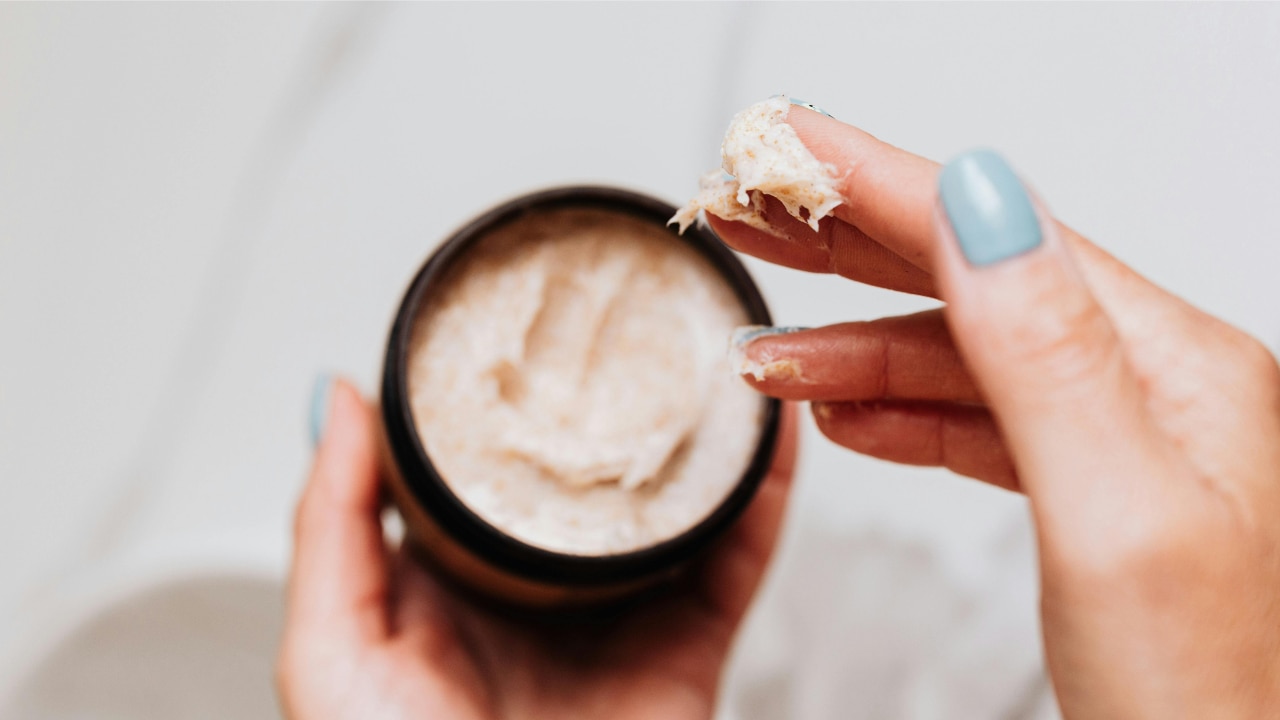
Rich, thick, or oily creams and ointments can block the skin's natural shedding process, especially around the eyes where the skin is thin.
- Sun Damage:

Extensive sun exposure can thicken the skin, making it harder for dead skin cells to slough off naturally, creating a trap for keratin.
- Skin Trauma:
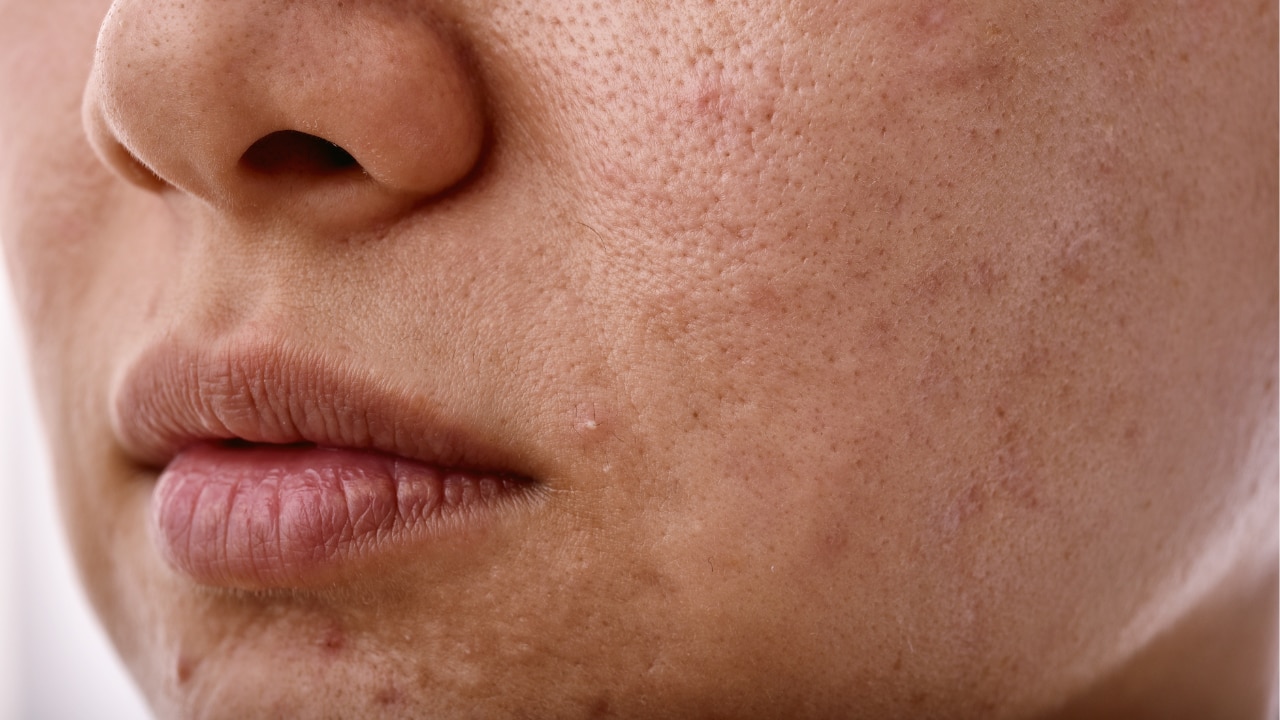
Blisters, burns, rashes, or procedures like dermabrasion or laser resurfacing can damage the sweat glands and lead to secondary milia during the healing process.
- Steroid Cream Use:
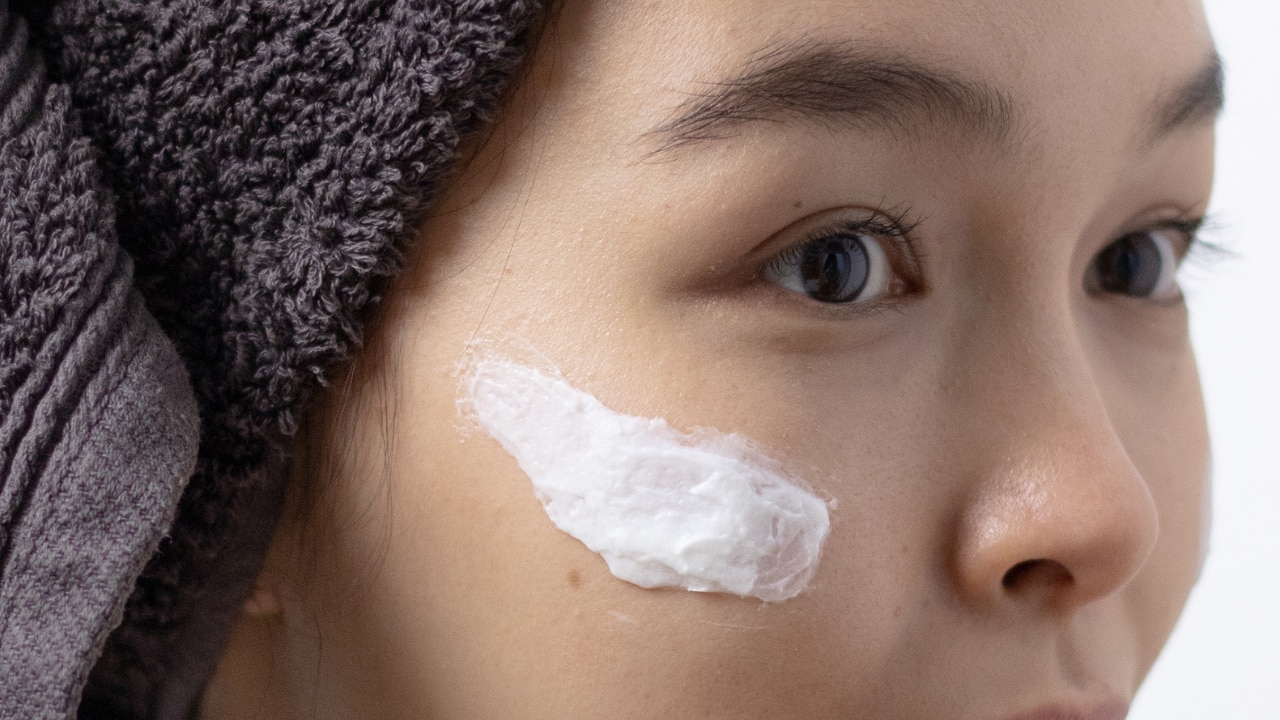
Prolonged use of steroid creams has been linked to the development of milia in some cases.
- Genetics and Certain Skin Conditions:
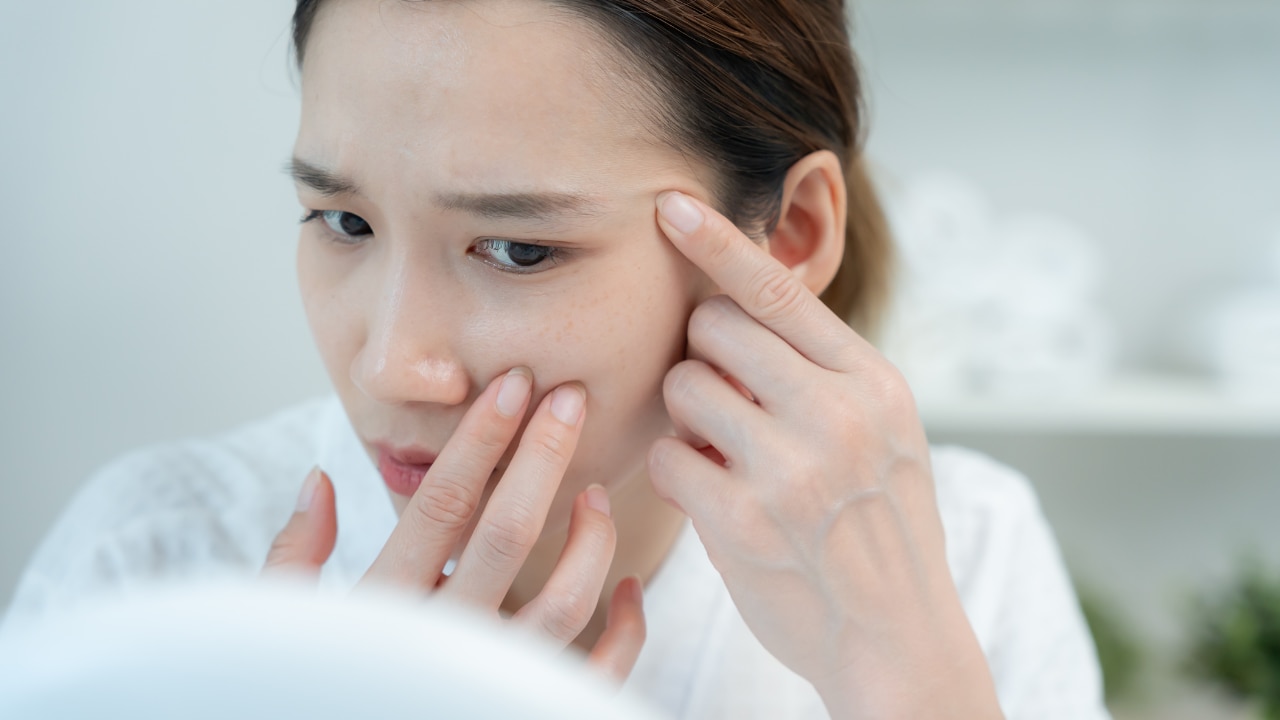
Some individuals are simply more prone to milia, and they can be associated with certain inherited or autoimmune skin conditions.
04Types of Milia & Special Cases
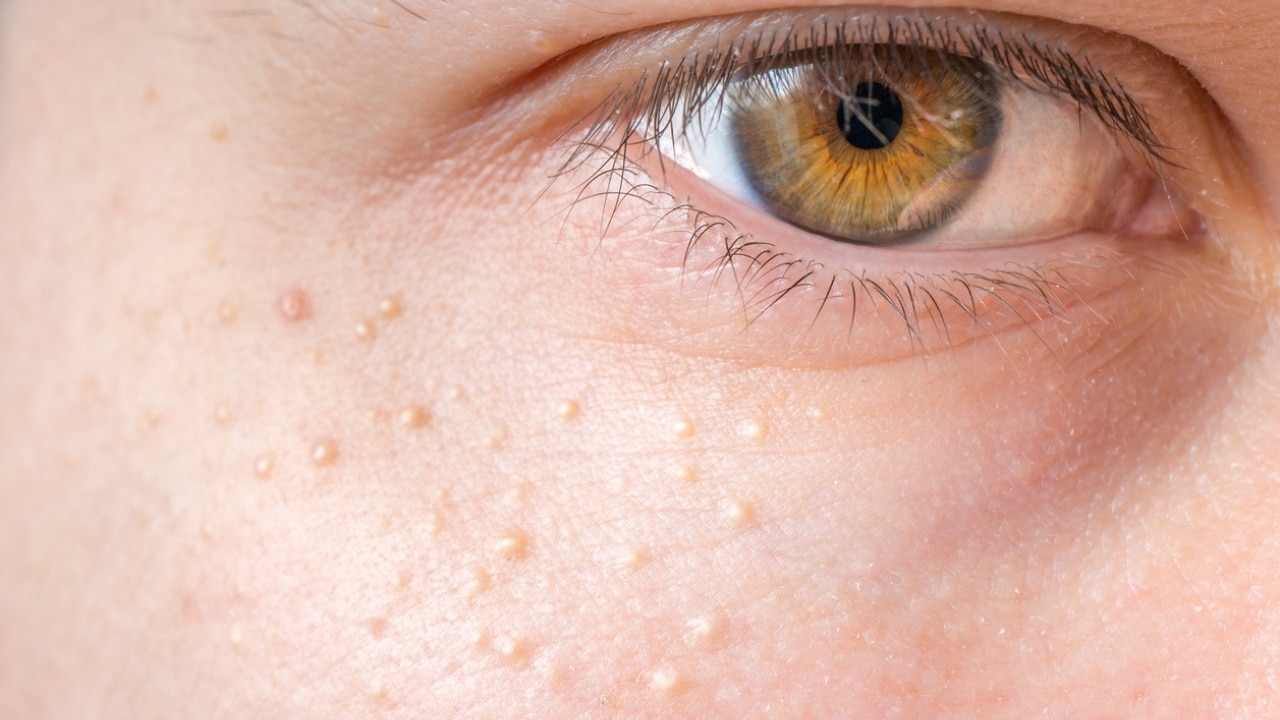
Milia are generally categorised based on their cause and the age of the affected person.
- Primary Milia: These form directly from eccrine sweat ducts or hair follicles and are the most common type. They appear without any preceding skin condition or trauma.
- Secondary Milia: These develop after skin damage, such as burns, rashes, or blistering. They form as the skin heals and keratin becomes trapped.
- Neonatal Milia (Milia Newborn): Extremely common in infants, appearing on the nose, cheeks, and chin. They typically resolve spontaneously within a few weeks or months without treatment.
Less common variants include Milia En Plaque (milia clustered on a raised, inflamed patch of skin) and Multiple Eruptive Milia (milia appearing in crops over a period of weeks or months).
05Professional Treatments for Milia on Face
The most effective way for milia removal at home is generally through professional intervention, especially for stubborn or extensive cases. Only a dermatologist should perform these treatments.
- De-roofing/Extraction:
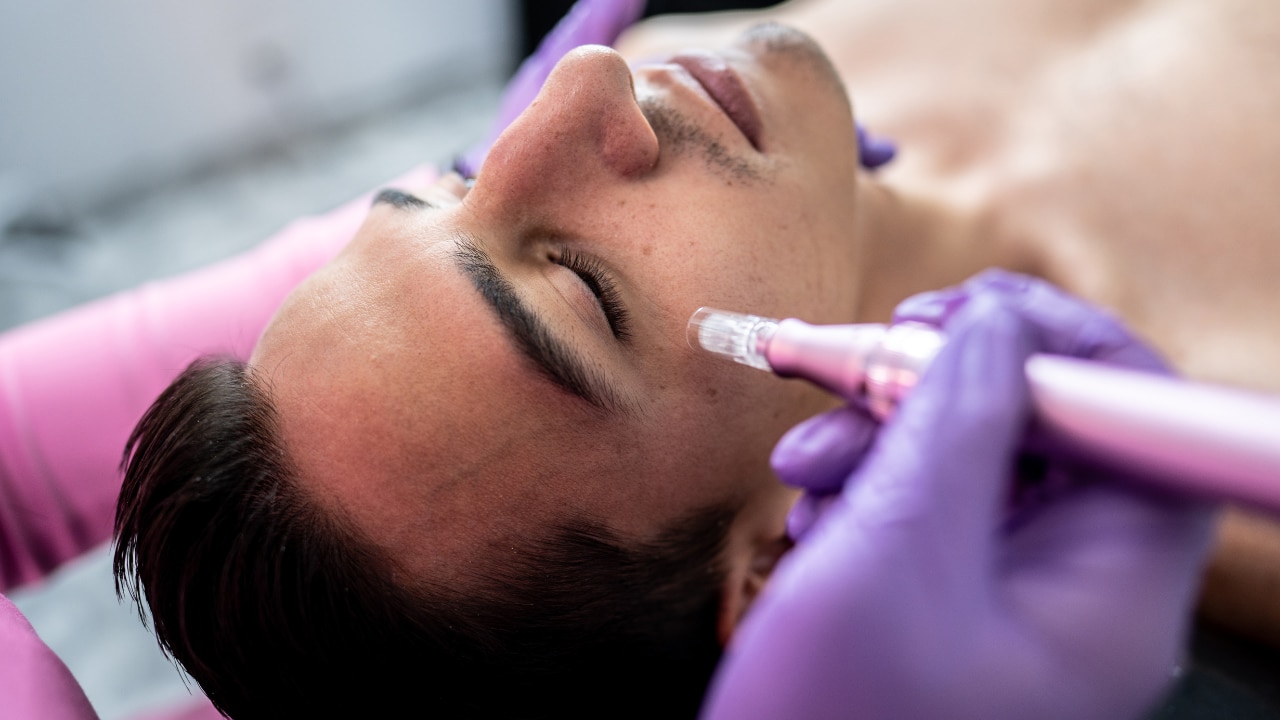
The most common method. A sterile needle or lancet is used to create a tiny opening in the milium's surface, and the keratin plug is then gently extracted.
-
Ideal For: Individual, persistent milia.
-
Results Seen: Immediately.
-
Cryotherapy:
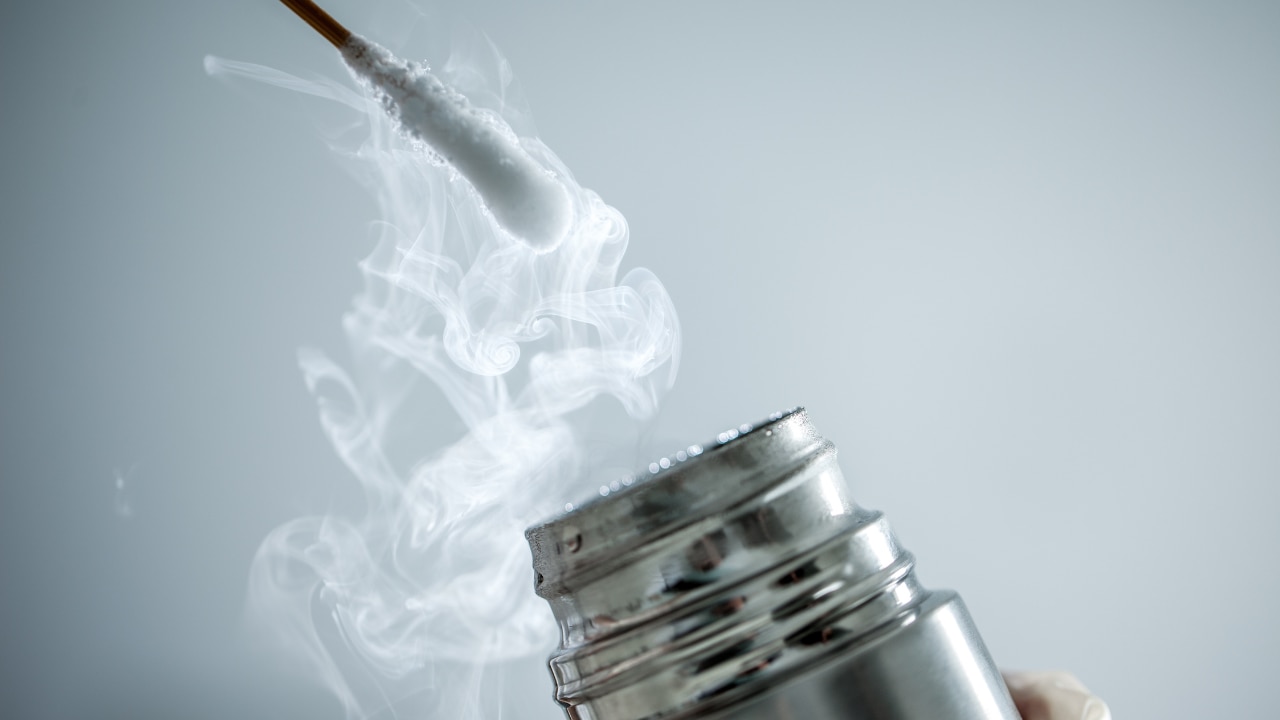
Liquid nitrogen is used to freeze and destroy the milia. The milia will blister and then fall off.
-
Ideal For: Widespread milia, but has a slight risk of pigmentation changes.
-
Results Seen: Within 7–14 days.
-
Chemical Peels:
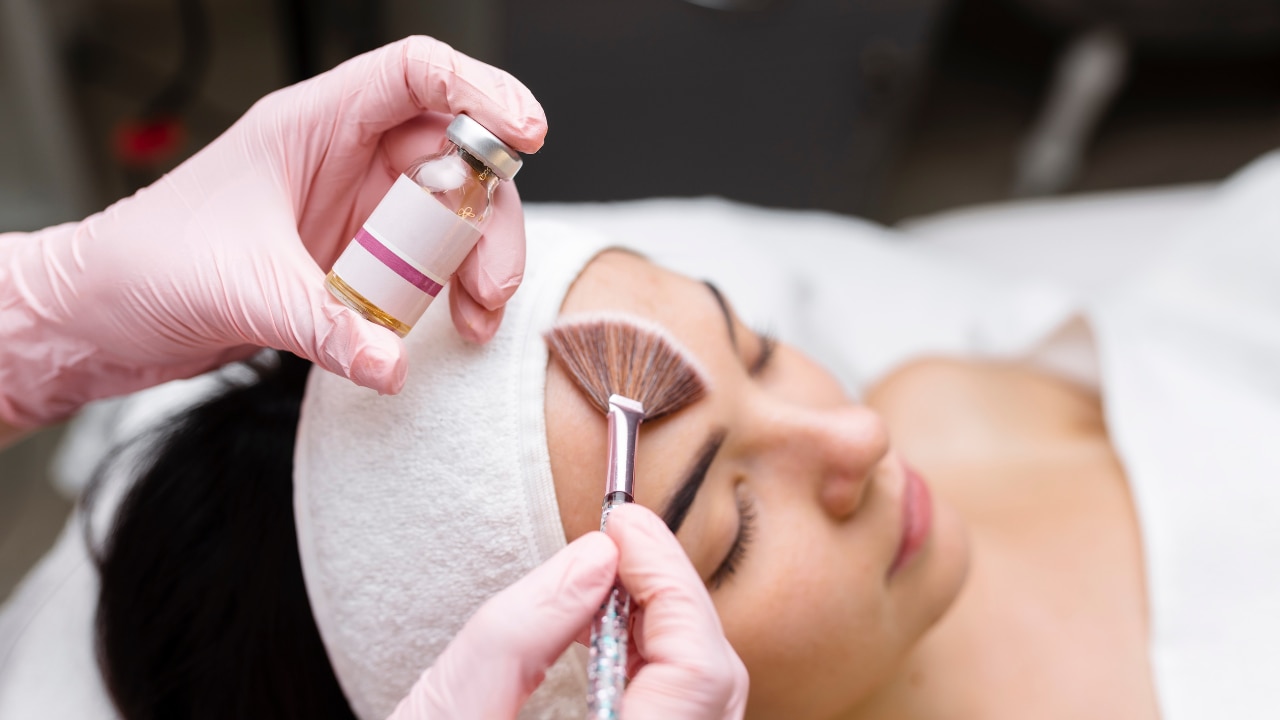
Peels containing alpha-hydroxy acids (AHAs) or salicylic acid work to exfoliate the top layers of skin, promoting cell turnover and potentially dislodging the milia.
-
Ideal For: Multiple milia over a larger area.
-
Results Seen: After a series of 4–6 treatments.
-
Laser Ablation:
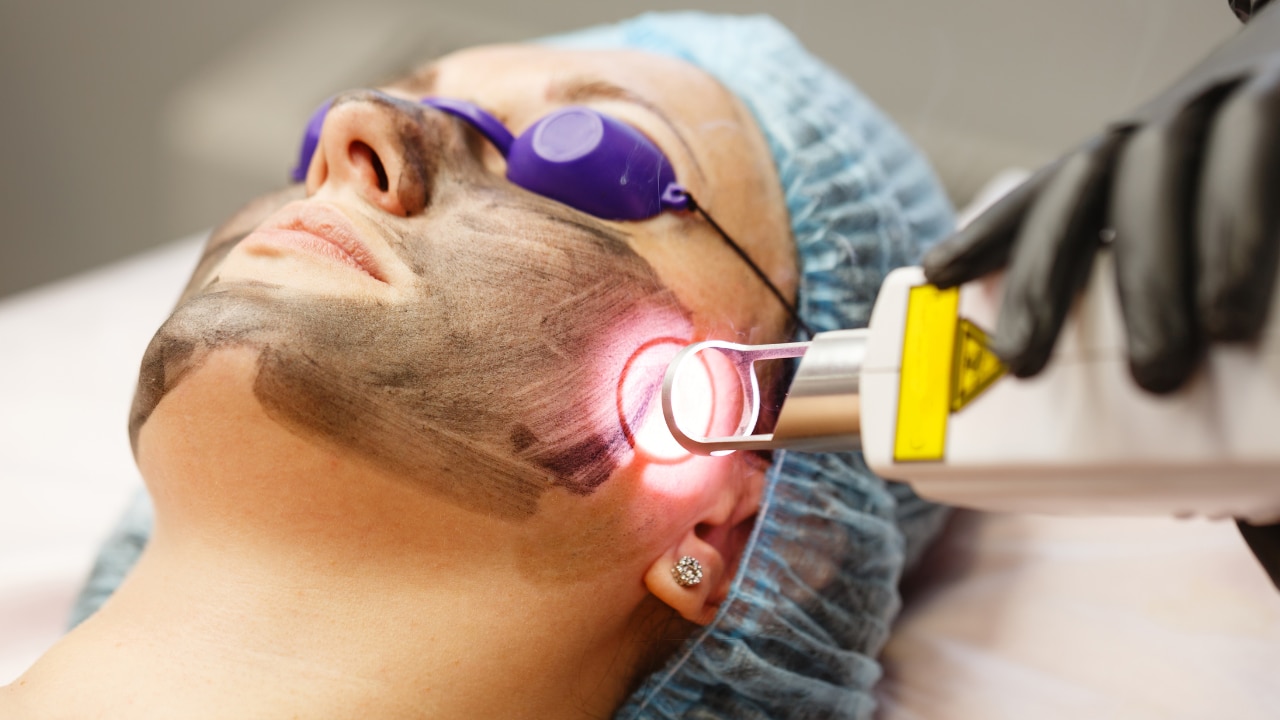
A focused laser is used to destroy the milia and its contents, promoting faster healing.
- Ideal For: Numerous or treatment-resistant milia.
- Results Seen: Within 1–2 weeks.
Post-Treatment Care: Keep the area clean and protected from the sun. Avoid picking at scabs or raw skin. Apply any prescribed antibiotic cream or gentle, non-occlusive moisturiser.
06Safe At-Home & Natural Methods
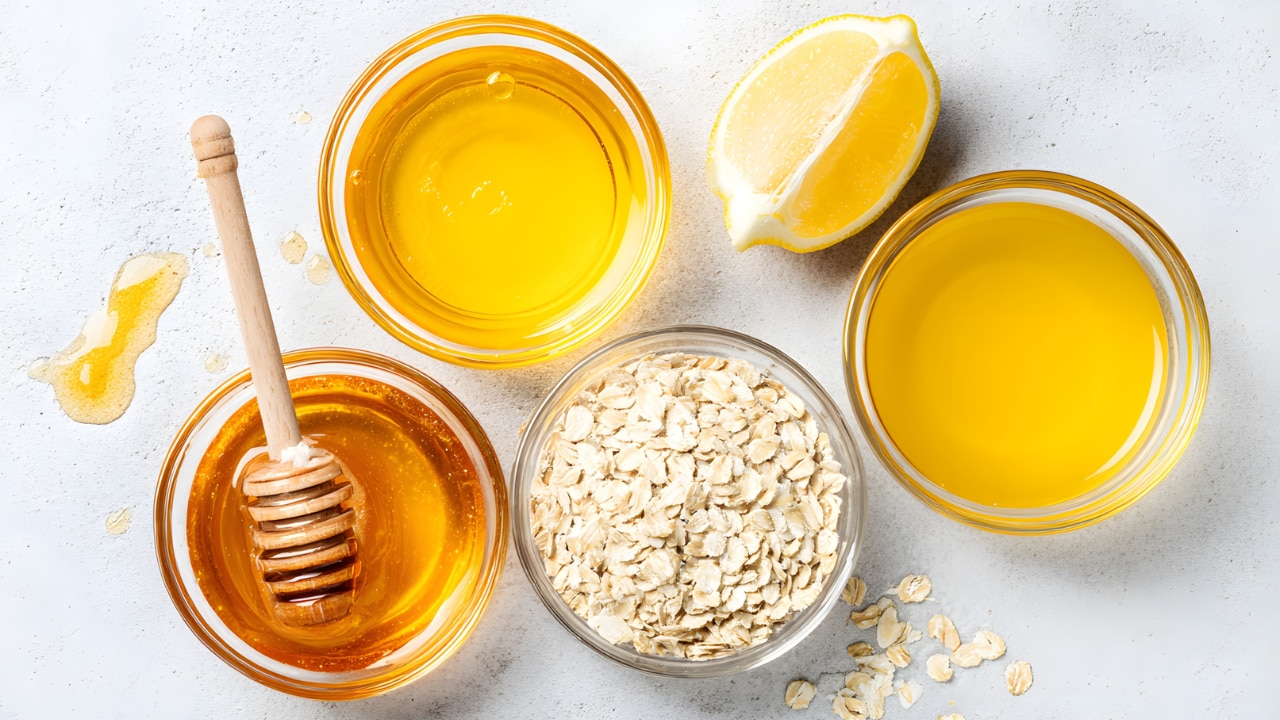
While professional extraction is the quickest way to get rid of milia, for milder cases, safe ingredients can help hasten the natural exfoliation process. This is the safest way to approach how to treat milia on face yourself.
Safe Ingredients/Actives
- Topical Retinoids (e.g., Retinol, Adapalene): These are Vitamin A derivatives that accelerate skin cell turnover, helping the trapped keratin come to the surface and slough off. Use a pea-sized amount at night.
- Salicylic Acid (BHA) and Glycolic Acid (AHA): These gentle chemical exfoliants help remove dead skin cells and prevent new milia from forming. Use a cleanser, toner, or serum containing one of these acids a few times a week.
Natural Remedies (Supporting Methods)
- Gentle Steaming: Steaming your face for 5–10 minutes can help loosen the keratin plugs. Follow up with a gentle cleanse and your retinoid product.
- Castor Oil: Known for its healing and non-comedogenic properties. Massaging a tiny amount into the affected area might help to soften the milia.
07What to Avoid while treating Milia at Home
Attempts at milia removal at home must be done with extreme caution. Never attempt to pick, scratch, or squeeze milia as this can lead to scarring, infection, and more damage.
- Avoid Physical Exfoliation (Harsh Scrubs):
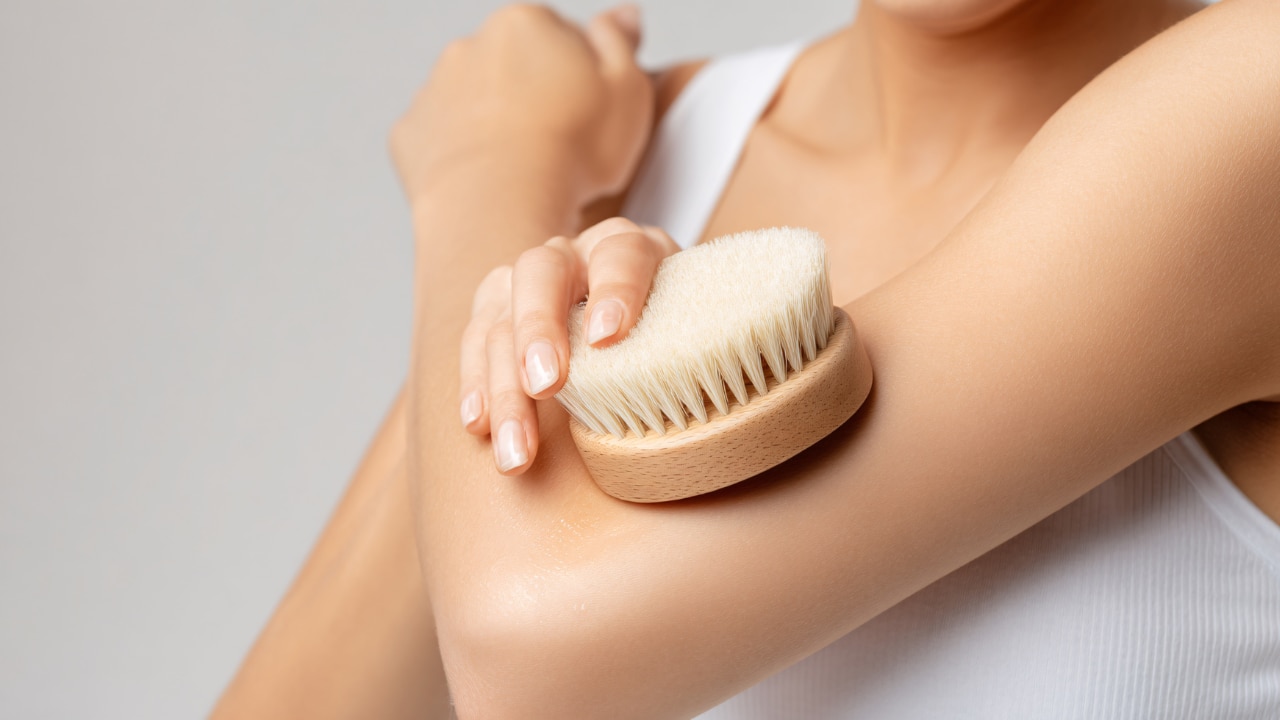
Overly aggressive scrubbing can cause inflammation, irritating the skin and potentially worsening the milia.
- Avoid Undiluted Essential Oils:

Some essential oils can be highly irritating or cause a chemical burn. Always dilute them properly and patch-test first.
- Avoid Unproven or Abrasive Home Remedies:
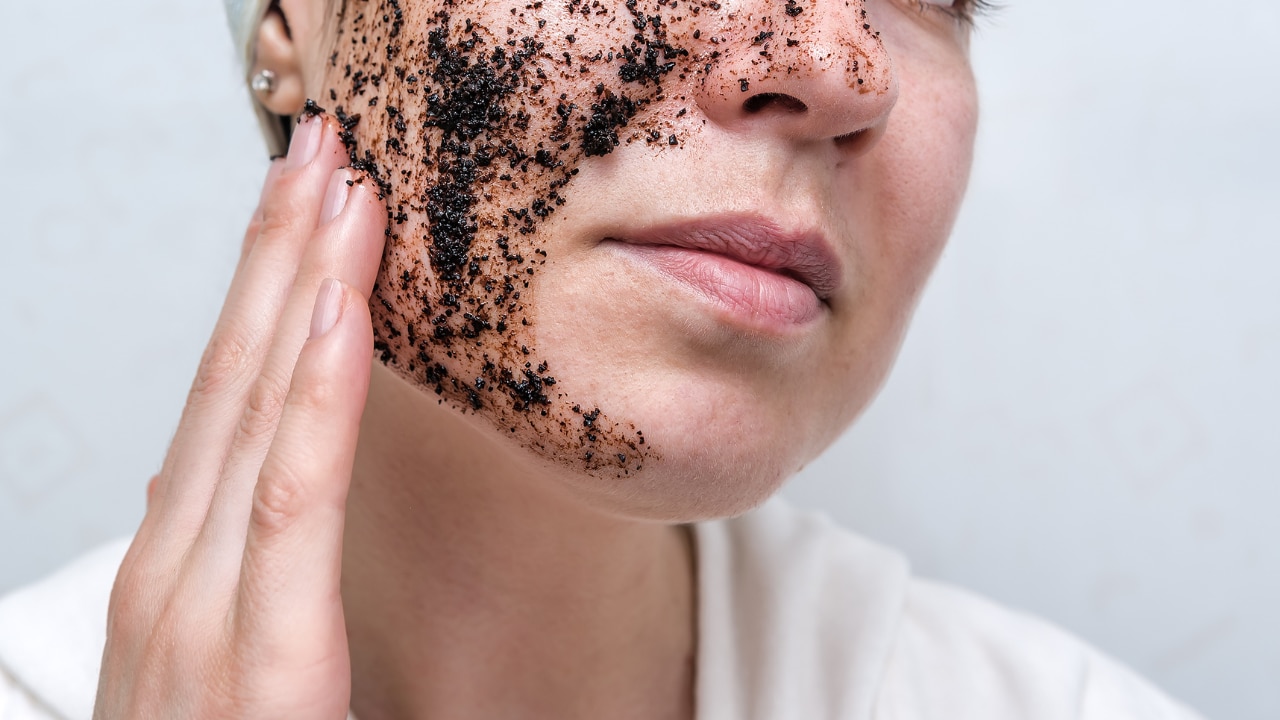
Products like lemon juice (too acidic and can cause sun sensitivity) or toothpaste (too drying and irritating) should not be applied to milia.
- Avoid Heavy, Greasy Moisturisers on Affected Areas:
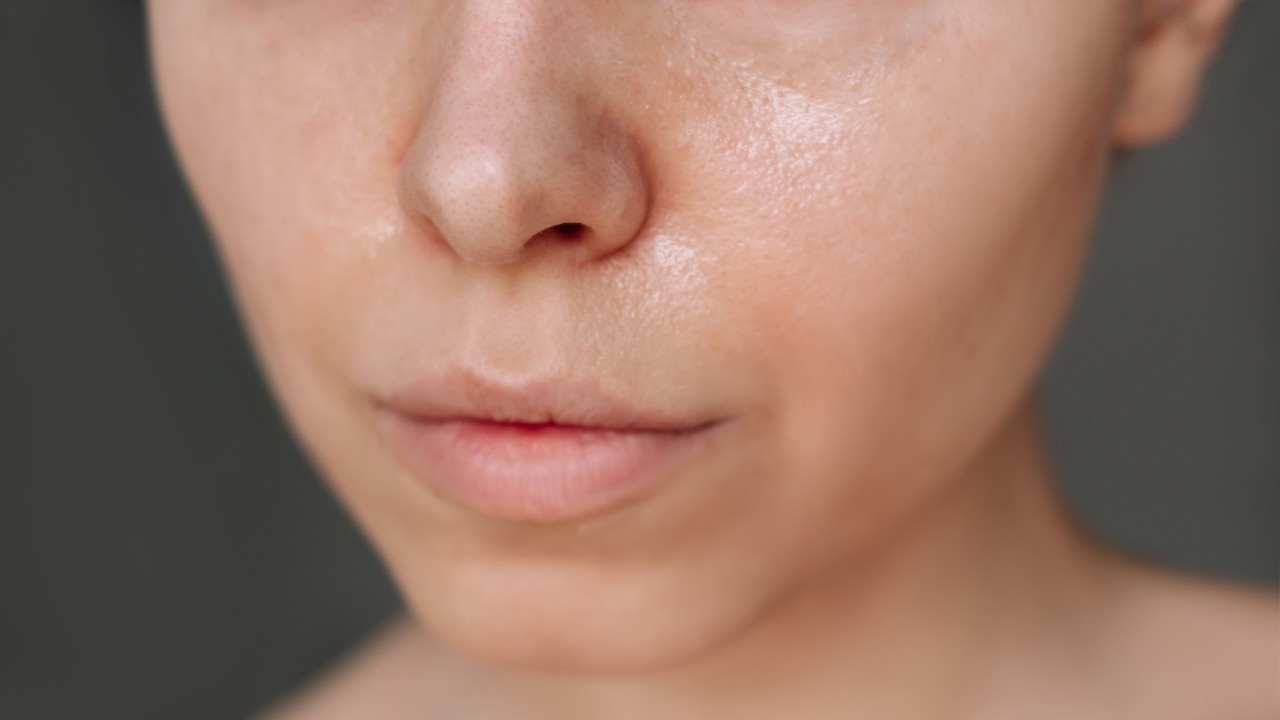
Stick to lightweight, non-comedogenic formulas to prevent further blockage.
08When to See a Dermatologist
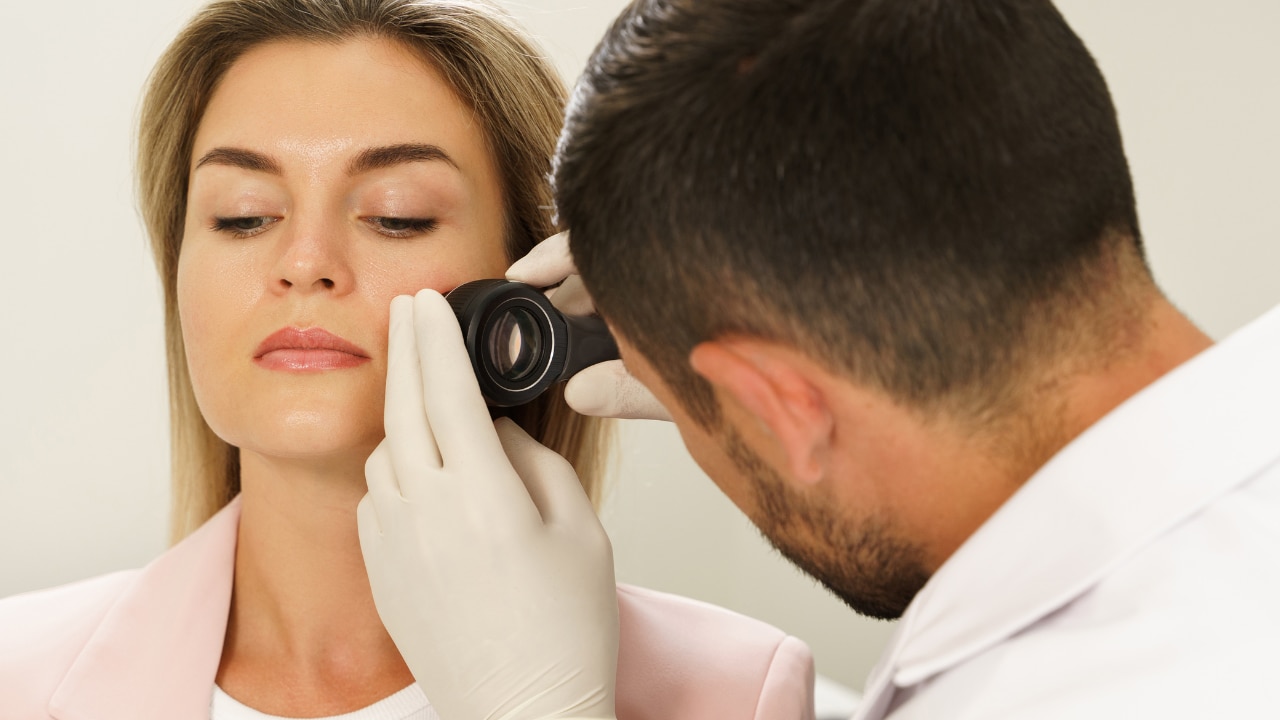
Consult a professional for the most effective and safe how to get rid of milia on face at home plan.
- If the milia are widespread, persistent, or numerous.
- If the milia are causing cosmetic distress or psychological discomfort.
- If you notice signs of infection (redness, pain, warmth) around the bumps.
- If they developed after a procedure or injury (secondary milia).
- If you are unsure whether the bumps are milia or another skin condition.
09Prevention: How to Stop Milia from Returning
How to get rid of milia on face naturally and prevent recurrence involves maintaining a consistent, gentle skincare routine.
- Use Non-Comedogenic Products:
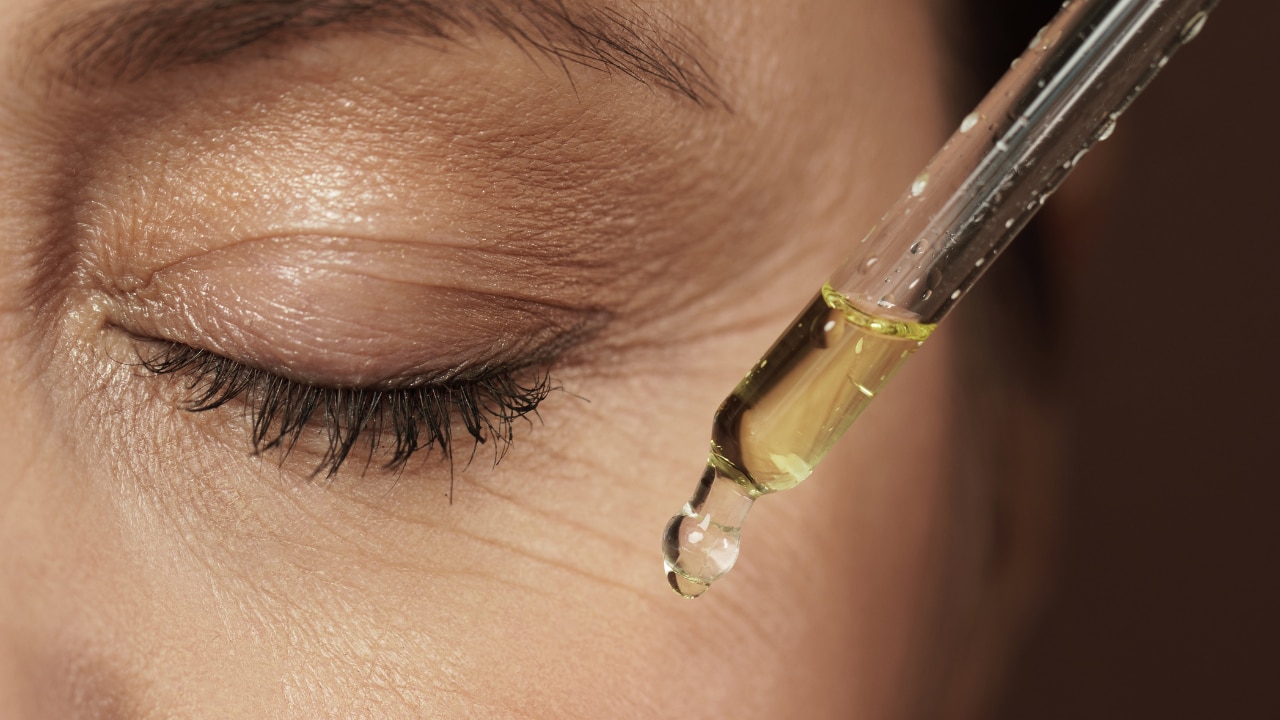
Ensure all your makeup, sunscreen, and moisturisers are oil-free and labelled 'non-comedogenic' to prevent pore blockage.
- Regular, Gentle Exfoliation:

Incorporate a gentle chemical exfoliant (like a mild AHA or BHA) into your routine 2-3 times a week to promote cell turnover.
- Wear Daily Sun Protection:

Use a broad-spectrum, lightweight sunscreen every day to prevent sun damage that can thicken the skin.
- Use Retinoids for Maintenance:
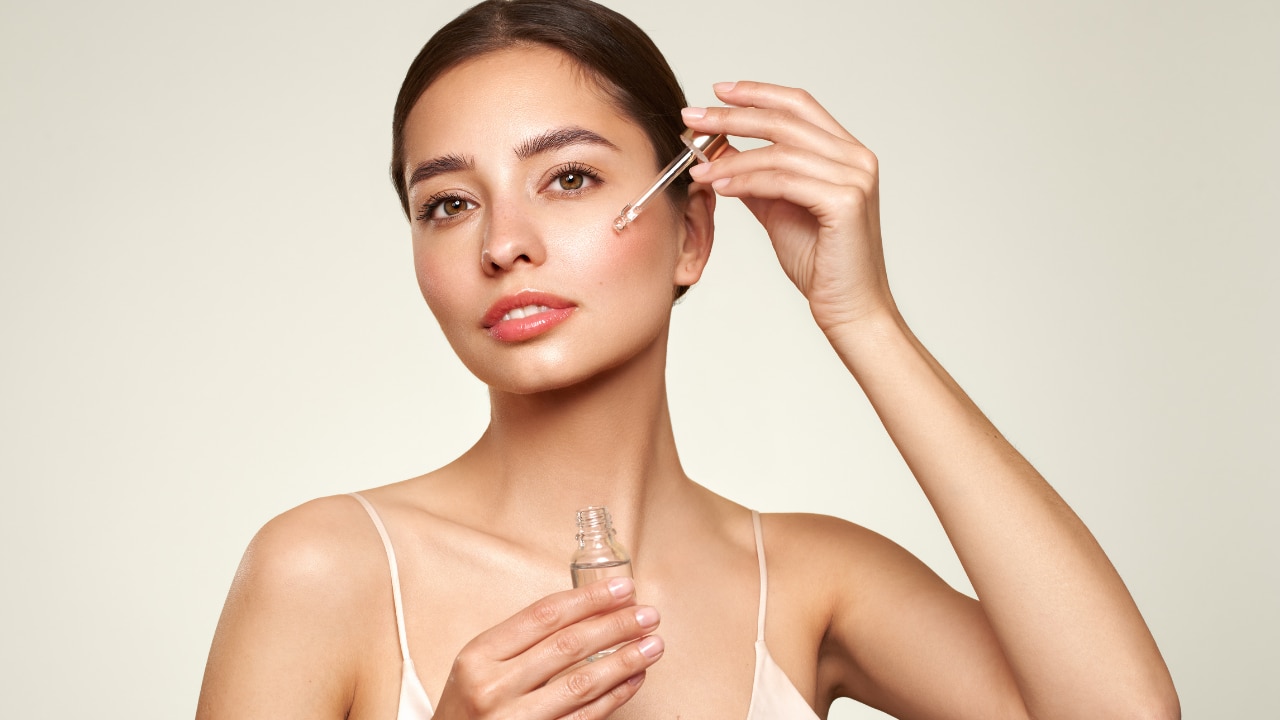
Applying a mild, over-the-counter retinol serum a few nights a week can help keep the keratin from building up.
- Be Mindful of Eye Creams:
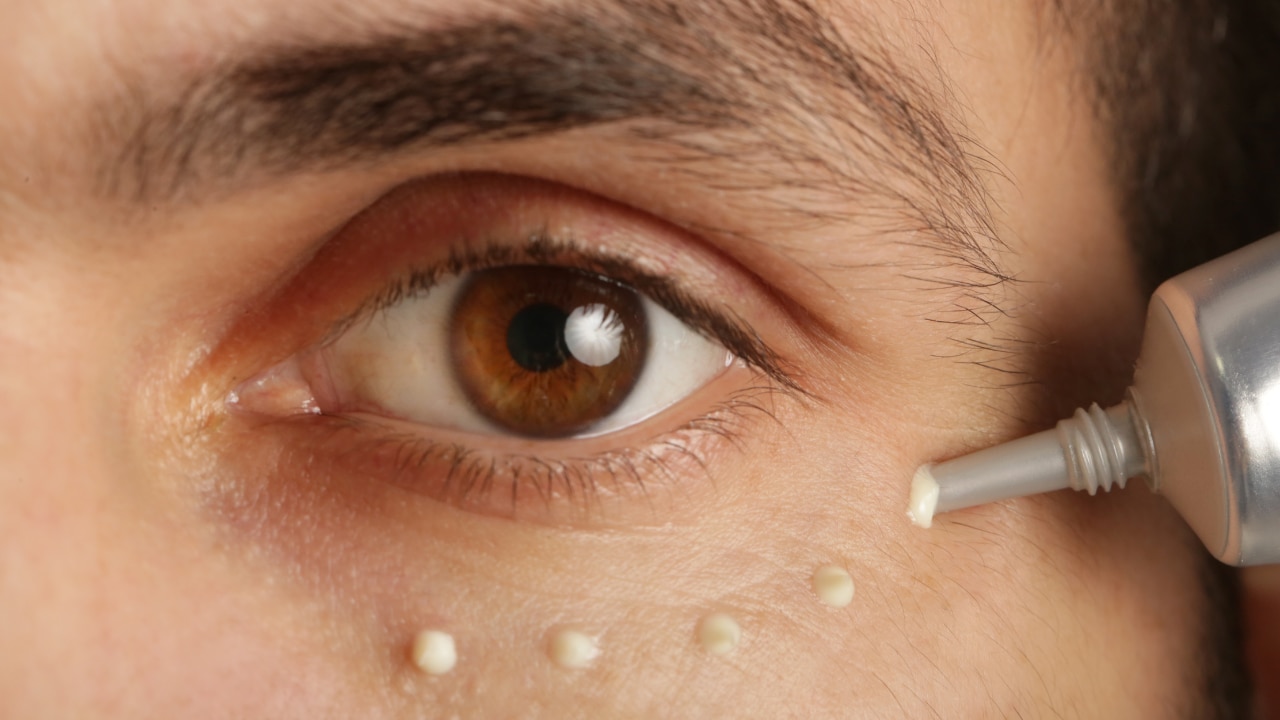
The thin skin around the eyes is a common area. Opt for lighter, gel-based eye creams instead of heavy ointments.
- Maintain a Balanced Diet

A diet rich in Vitamin B3 (Niacinamide) and Vitamin A may help support overall skin health.
10Final Thoughts
Milia are a common, benign skin concern. While the quickest and safest solution for effective milia on face treatment is professional extraction, adopting a consistent routine with exfoliating actives and lightweight products is the best long-term strategy for how to get rid of milia on face at home and keep your skin smooth and clear.
11FAQs
Q: Can I use tea tree oil to treat milia?
A: Tea tree oil can be very irritating and is not an effective milia treatment. It's better to stick to proven chemical exfoliants like retinoids or AHAs/BHAs.
Q: How long does it take for milia to go away on its own?
A: While some milia can resolve naturally over several weeks to months, especially in newborns (milia newborn), adult milia are often persistent and typically require either active ingredients or professional extraction to speed up the process.
Q: Is there a difference between milia and whiteheads?
A: Yes, the two are distinct. Whiteheads (closed comedones) are a form of acne caused by trapped oil (sebum) and dead skin cells in a pore, often appearing slightly soft and inflamed. Milia are tiny, hard cysts containing trapped keratin (a protein) just under the skin's surface and are non-inflammatory, meaning they are not a form of acne.

